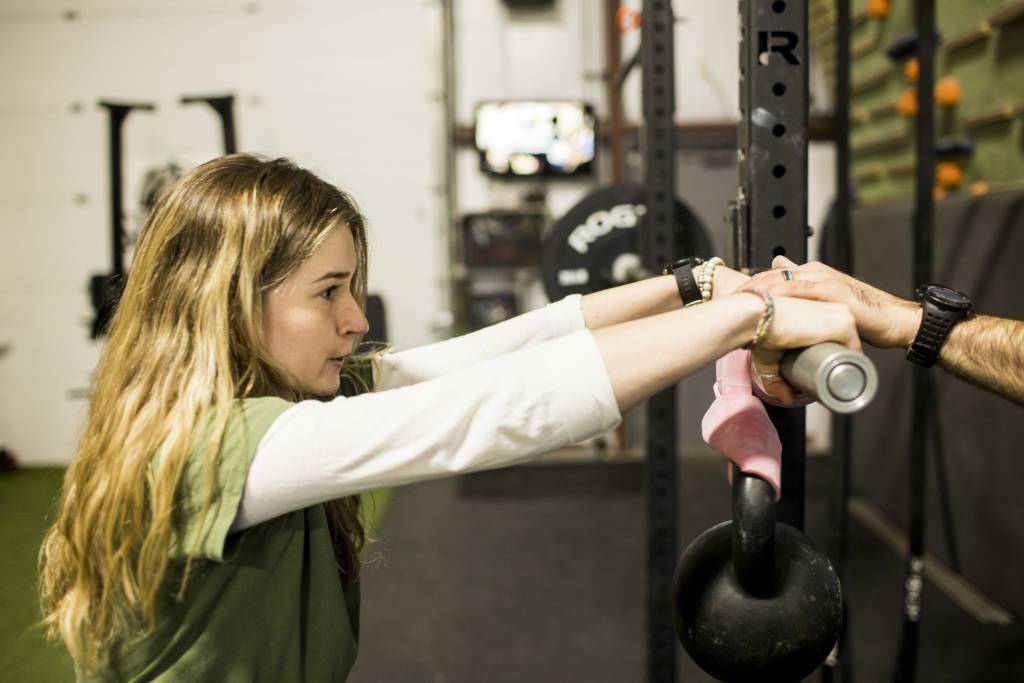When you think about the secrets to a long, healthy life, you might envision a balanced diet, regular exercise, or a good night’s sleep. But did you know that the strength of your grip can offer valuable insights into your overall health—and even your longevity? Therefore, the simple act of squeezing a dynamometer might be a window into your future. How does your grip strength stack up?
Why Does It Matter?
Grip strength is a measure of the force your hand muscles can generate. It isn’t just about having a strong handshake or being able to open jars effortlessly; it’s also a proxy for overall muscle strength and function. In clinical settings, it is often used as an easy and inexpensive marker to gauge a person’s general physical health.
Key reasons why grip strength matters:
- A strong grip often reflects well-maintained muscle mass and function in other parts of the body.
- Grip strength can indicate the integrity of your nervous system’s communication with your muscles.
- Weaker strength markers in your grip have been associated with an increased risk of frailty and physical decline in older adults.
The Science Behind Grip Strength and Longevity
A growing body of research has linked grip strength to long-term health outcomes. Several large-scale studies have found that weaker grip strength is associated with a higher risk of mortality. This is from various causes, including cardiovascular disease, respiratory conditions, and mortality.

Researchers believe that grip strength serves as a surrogate marker for overall muscle function, which in turn is closely tied to:
- Metabolic Health: Better muscle strength can improve glucose metabolism and reduce the risk of chronic diseases like type 2 diabetes.
- Bone Density: Strong muscles support better bone health, reducing the risk of fractures and osteoporosis.
- Daily Functioning: Maintaining good grip strength is essential for everyday activities, from cooking to carrying groceries, which keeps you active and independent as you age.
The strength of your grip tells a story about your body’s resilience and capacity to recover from stress and injury. While it is only one piece of the puzzle, it offers a quick snapshot that healthcare professionals can use alongside other assessments.
How to Measure Your Grip Strength
1. Find a Dynamometer
2. Squeeze the device as hard as you can for a few seconds (recording the highest number).
3. Track your grip strength periodically – noticing improvements or declines in your grip.
Tips to Improve and Maintain Your Grip Strength

Regardless of your age, incorporating exercises that target your grip can benefit your overall health.
- Deadlifts, pull-ups, and farmer’s walks are great resistance training options
- Squeezing a stress ball, using grip trainers, or doing wrist curls can be great everyday work for grip improvement
- Rock climbing!!! What a great grip strengthener. Have you heard of Summit Strength and Fitness? Come check out a Core, Mobility and Grip class on Wednesdays at 6pm.
While a firm handshake might seem like a small detail in your day-to-day life, it’s a window into your body’s overall health and resilience. Whether you’re young or aging gracefully, paying attention to the strength of your grip can offer important clues about your muscle function, metabolic health, and even your risk for future health issues.
So next time you squeeze your hand around a coffee cup or a jar lid, remember that your grip might be telling a bigger story—a story of strength, health, and longevity. Taking steps to improve your grip strength could very well be an investment in a longer, healthier life.

